Why are Fridays that fall on a month’s 13th day so fearful?
Some attribute the origins to the Code of Hammurabi, one of the world’s oldest legal documents, which may or may not have superstitiously omitted a 13th rule from its list. Others claim that the ancient Sumerians, who believed the number 12 to be a “perfect” number, considered the one that followed it decidedly non-perfect.
One of the most popular theories, however, links Friday the 13th with the fall of a fearsome group of legendary warriors—the Knights Templar.
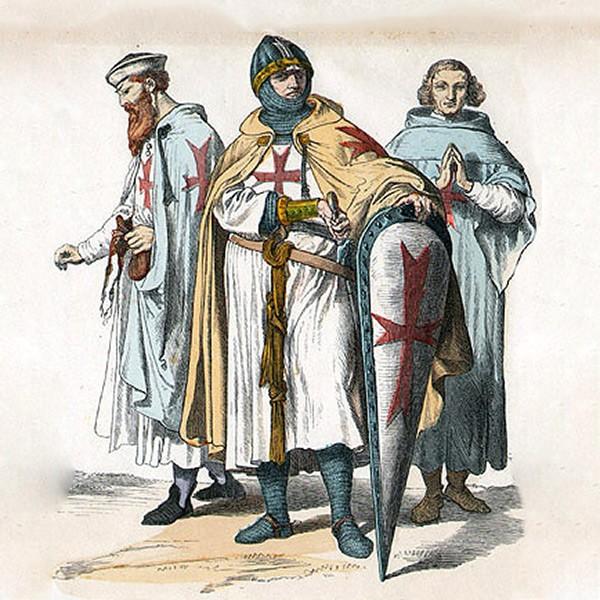 Rycerze Zakonu.
Rycerze Zakonu.
Who Were the Knights Templar?
After Christian armies in 1099 captured Jerusalem from Muslim control during the Crusades, groups of pilgrims from across Western Europe started visiting the Holy Land. Many of them, however, were robbed and killed as they crossed through Muslim-controlled territories during their journey.
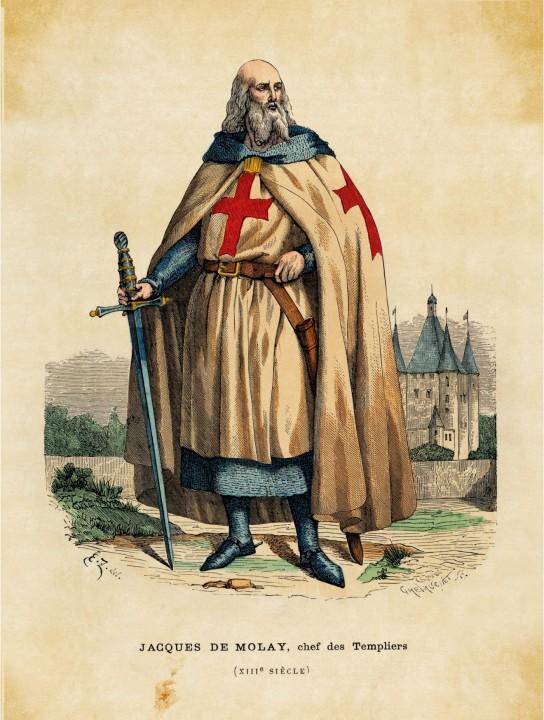
Wielki mistrz zakonu templariuszy.
Around 1118, a French knight named Hugues de Payens created a military order along with eight relatives and acquaintances, calling it the Poor Fellow-Soldiers of Christ and the Temple of Solomon – later known simply as the Knights Templar.
With the support of Baldwin II, the ruler of Jerusalem, they set up headquarters on that city’s sacred Temple Mount – from which they took their name – and pledged to protect Christian visitors to Jerusalem.
The Pope’s Endorsement
Initially, the Knights Templar faced criticism from some religious leaders. But in 1129, the group received the formal endorsement of the Catholic Church and support from Bernard of Clairvaux, a prominent French abbot. Bernard authored In Praise of the New Knighthood, a text that supported the Knights Templar and bolstered their growth.
In 1139, Pope Innocent II issued a Papal Bull that allowed the Knights Templar special rights. Among them, the Templars were exempt from paying taxes, permitted to build their own oratories, and held to no one’s authority, except the Pope’s.
The Fall of the Knights Templar
In the late 12th century, Muslim armies retook Jerusalem and turned the tide of the Crusades, forcing the Knights Templar to relocate several times. The Fall of Acre in 1291 marked the destruction of the last remaining Crusader refuge in the Holy Land.
European support of the military campaigns in the Holy Land began to erode over the decades that followed. Additionally, many secular and religious leaders became increasingly critical of the Templars’ wealth and power.
By 1303, the Knights Templar lost its foothold in the Muslim world and established a base of operations in Paris. There, King Philip IV of France resolved to bring down the order, perhaps because the Templars had denied the indebted ruler additional loans.
Arrests and Executions
On Friday, October 13, 1307, scores of French Templars were arrested, including the order’s grand master Jacques de Molay.
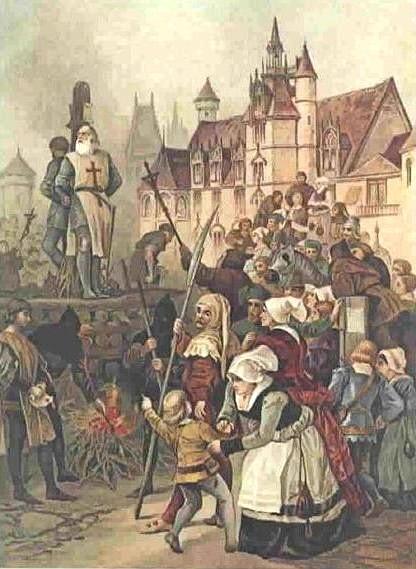
Egzekujca Wielkiego mistrza zakonu.
Many of the knights were brutally tortured until they confessed to false charges, which included heresy, homosexuality, financial corruption, devil worshipping, fraud, spitting on the cross and more.
A few years later, dozens of Templars were burned at the stake in Paris for their confessions. De Molay was executed in 1314.
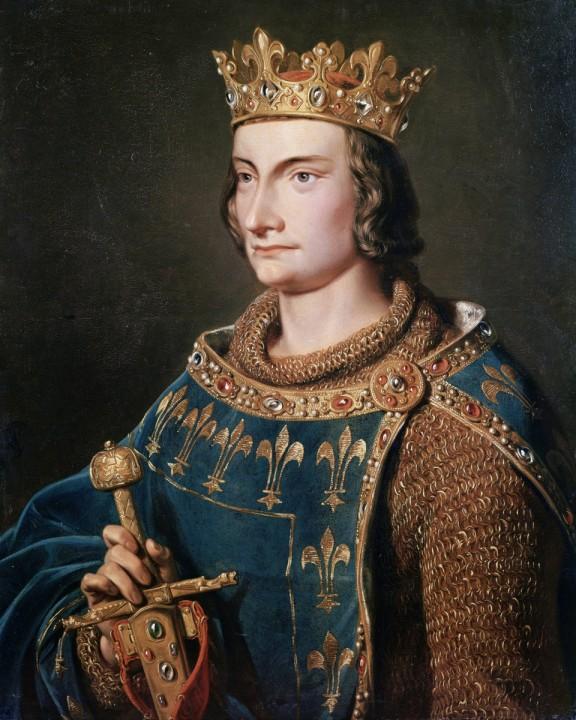
Król Filip IV Piękny.
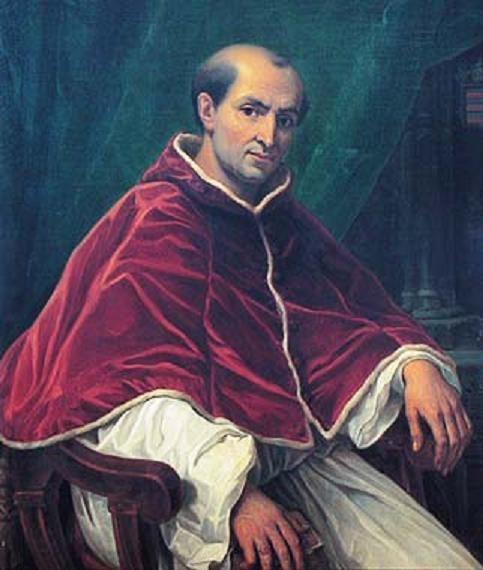
Papiez Klemens V.
Under pressure from King Philip, Pope Clement V reluctantly dissolved the Knights Templar in 1312. The group’s property and monetary assets were given to a rival order, the Knights Hospitallers. However, it’s thought that King Philip and King Edward II of England seized most of the Knights Templar’s wealth.







